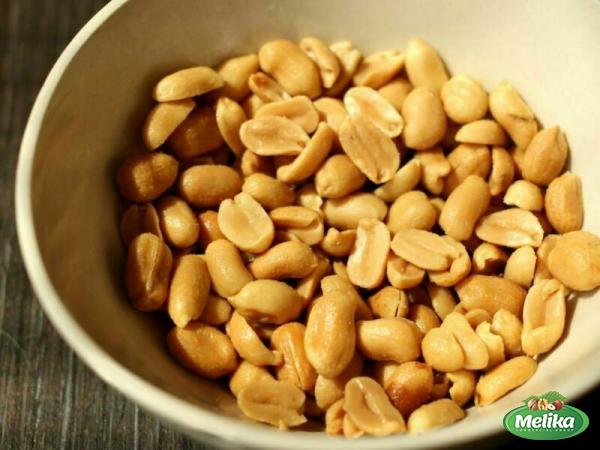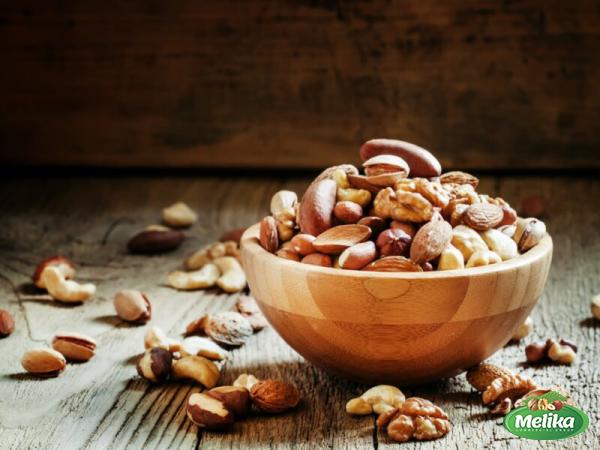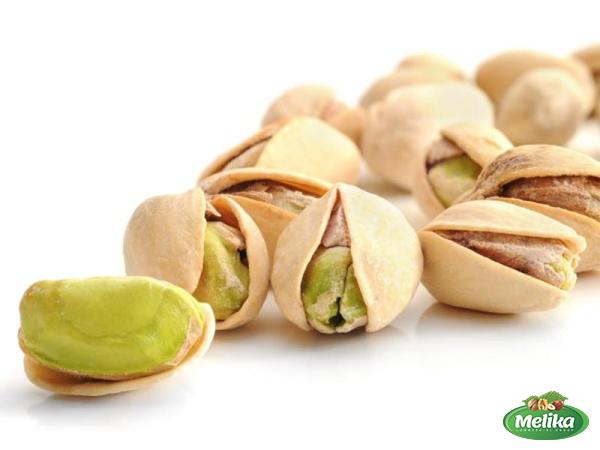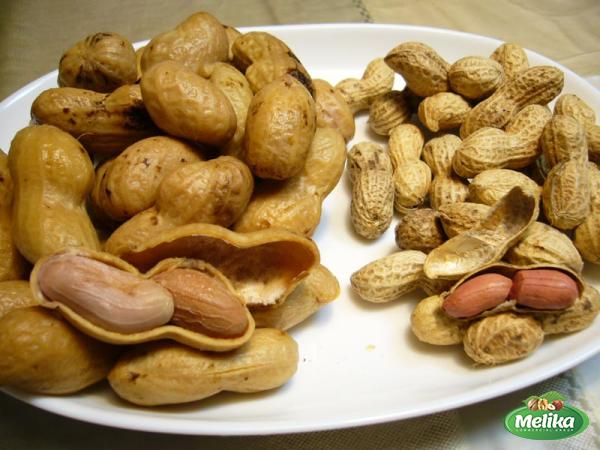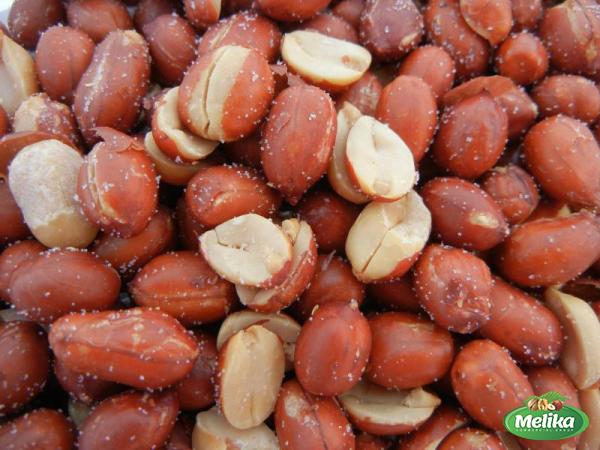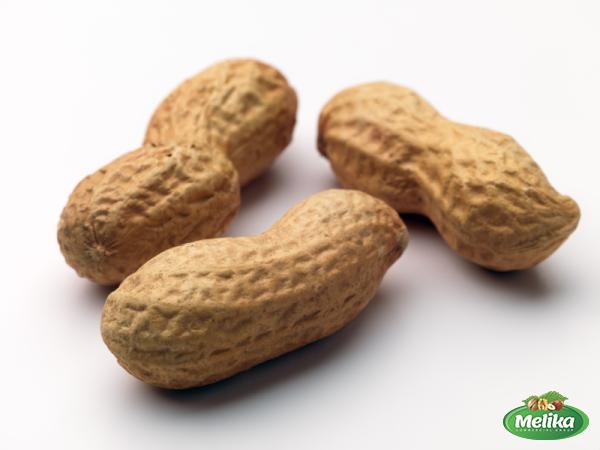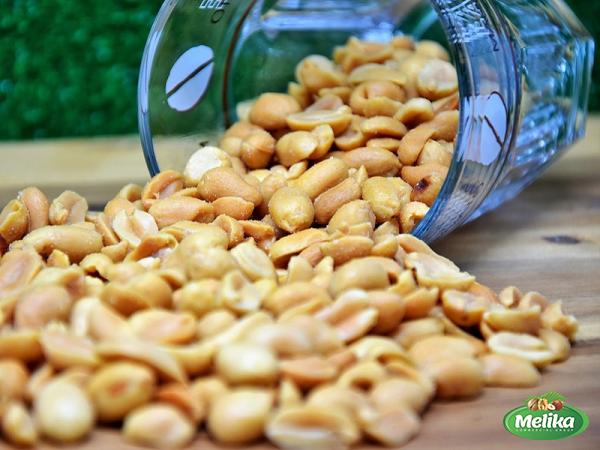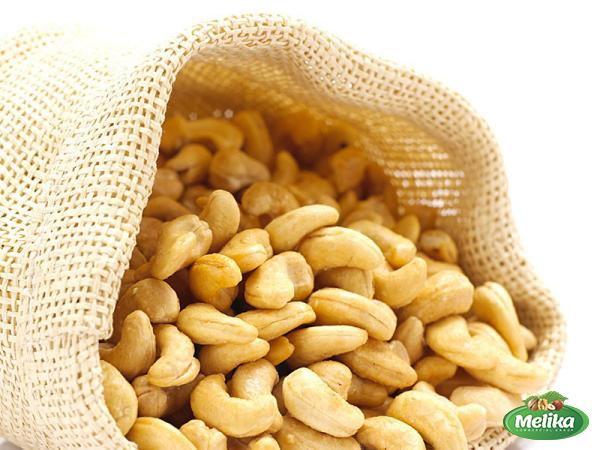Dry roasted nuts are a popular snack choice for many people due to their crunchy texture and delicious flavor. They are often enjoyed as a healthy and nutritious option that can be eaten on their own or incorporated into recipes. In this article, we will explore the various ingredients that are commonly found in dry roasted nuts and discuss their benefits and potential drawbacks.
The primary ingredient in dry roasted nuts, of course, is the nuts themselves. Common varieties used for roasting include almonds, cashews, peanuts, and pistachios. Each type of nut offers its own unique set of nutritional benefits and flavors, making for a diverse and enjoyable snacking experience.
Nuts are a great source of healthy fats, protein, and fiber. They are packed with important nutrients such as vitamin E, magnesium, and potassium. These nutrients play a crucial role in maintaining overall health and well-being, including heart health, brain function, and bone health.
The roasting process brings out the natural flavors and enhances the crunchiness of the nuts. However, it’s important to note that the roasting process can also affect the nutritional profile of the nuts. Nuts that are dry roasted are generally lower in fat and calories compared to nuts that are oil roasted. Oil-roasted nuts are typically coated in oil before being roasted, which can add extra calories and fat content.
Aside from the nuts themselves, dry roasted nuts may also contain other ingredients to enhance their flavor and appearance. Some common ingredients you may find in dry roasted nuts are:
1. Salt: Salt is a commonly used ingredient in dry roasted nuts as it helps to enhance the overall flavor. However, it’s important to consume salt in moderation as excessive sodium intake can lead to high blood pressure and other health issues. If you are watching your sodium intake, it may be advisable to choose low-salt or unsalted varieties of dry roasted nuts.
2. Seasonings and Spices: Dry roasted nuts can be flavored with a variety of seasonings and spices to add extra taste and dimension. Some popular options include BBQ, honey mustard, chili, and cinnamon. These flavorings can provide a unique twist to the nuts and cater to different taste preferences.
3. Sugar or Sweeteners: In some cases, dry roasted nuts may contain added sugar or sweeteners to create a sweeter taste. This is especially common in nuts like cashews or almonds that are sometimes coated in a sugar glaze. While these nuts can be a delicious treat, it’s important to consume them in moderation due to their higher sugar content.

4. Vegetable Oils: Vegetable oils, such as sunflower oil or canola oil, may be used in the roasting process to help enhance the flavor and texture of the nuts. These oils can also add a touch of moisture to the nuts, resulting in a more pleasant mouthfeel. However, as mentioned earlier, oils can add calories and fat to the nuts, so it’s important to be mindful of portion sizes.
5. Natural Extracts: Some brands may use natural extracts, such as vanilla or almond extract, to infuse the nuts with additional flavor. These extracts can provide a subtle and enjoyable taste to the nuts without adding excessive calories or fat.
6. Preservatives: In order to extend the shelf life of dry roasted nuts, some manufacturers may use preservatives. Common preservatives used include BHA (butylated hydroxyanisole) and BHT (butylated hydroxytoluene). While these preservatives are generally recognized as safe by regulatory authorities, some people may prefer to choose preservative-free options.
It’s important to note that the ingredients and nutritional content can vary between brands and products. It’s always a good idea to read the product labels to get a clear understanding of what ingredients are used and whether there are any additives or allergens that need to be considered.
While dry roasted nuts can be a healthy and nutritious snack option, it’s still important to consume them in moderation. They are calorie-dense and excessive consumption can lead to weight gain. The recommended serving size for nuts is generally around 1 ounce or a handful.
In conclusion, dry roasted nuts are a delicious and nutritious snack choice that can be enjoyed on their own or incorporated into various recipes. While the primary ingredient is the nuts themselves, additional ingredients such as salt, seasonings, sweeteners, oils, and extracts may be used to enhance flavor and texture. It’s important to be mindful of portion sizes and choose options that best align with your dietary needs and preferences.Title: Exploring the Business Aspect of Dry Roasted Nuts
Introduction:
Dry roasted nuts have become a popular snack option for health-conscious consumers. As the demand for nutritious and convenient snacks continues to rise, businesses in the dry roasted nuts industry have witnessed significant growth. In this article, we will delve into the business aspect of dry roasted nuts, exploring market trends, key players, production processes, packaging, and marketing strategies.
1. Market Trends:
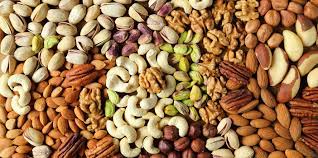
The dry roasted nuts market has experienced steady growth in recent years. Health-conscious consumers who are seeking convenient snacking options have fueled the demand for dry roasted nuts. Rising awareness about the nutritional benefits of nuts, such as healthy fats and high protein content, has significantly contributed to market growth. Additionally, the market has witnessed an increase in demand for organic and natural options, as consumers prioritize sustainable and clean label products.
2. Key Players:
The dry roasted nuts industry consists of several key players that dominate the market. Companies such as Blue Diamond Growers, Planters Peanuts, and Wonderful Pistachios are among the leading brands in the industry. These companies have established a strong presence through brand recognition, product innovation, and wide distribution networks. They often offer a variety of nut options and flavors to cater to diverse consumer preferences.
3. Production Processes:
The production process for dry roasted nuts involves several stages. Initially, raw nuts are selected and sorted to ensure quality and uniformity. The nuts are then roasted using specialized equipment to enhance their flavor and crunchiness. Dry roasting involves subjecting the nuts to high heat without the use of oil, resulting in a lower-fat and calorie product compared to oil-roasted nuts. Quality control measures, such as monitoring temperature and roasting time, are essential to ensure consistency and optimal taste.
4. Packaging:
Packaging plays a crucial role in the dry roasted nuts industry, as it not only protects the product but also contributes to its visual appeal. Companies often use attractive and informative packaging designs to attract consumers. Packaging options may include resealable bags or cans to enhance convenience and freshness. Eco-friendly packaging solutions, such as compostable or recyclable materials, are gaining traction as consumers prioritize sustainability.
5. Marketing Strategies:
Effective marketing strategies are essential for companies in the dry roasted nuts industry to differentiate themselves in a competitive market. Brands often highlight the health benefits and nutritional value of their products, emphasizing the natural ingredients and clean labels. Social media platforms and influencer marketing campaigns are commonly used to reach a wider audience. Collaborations with health and fitness influencers or sponsoring events and sports teams can help increase brand visibility and consumer trust.
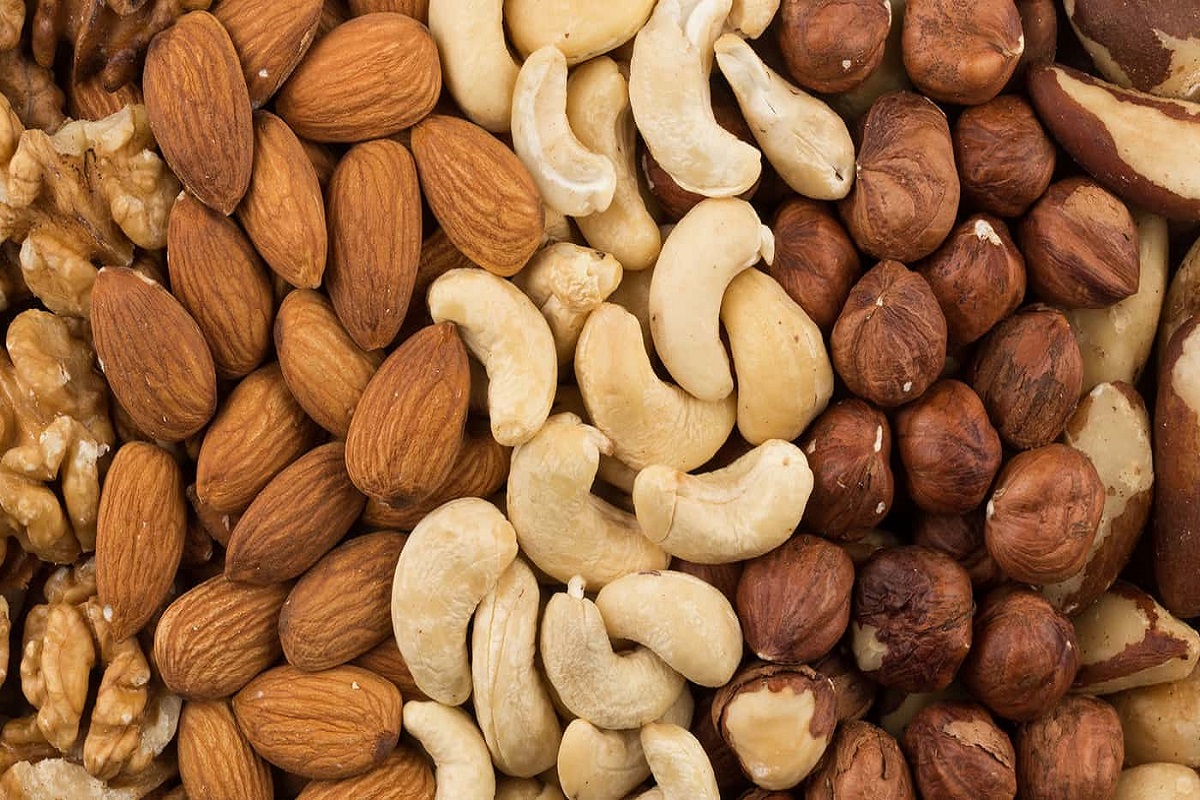
6. Target Markets:
Dry roasted nuts appeal to a broad demographic, as they cater to both health-conscious individuals and those looking for a convenient and tasty snack. The target market includes fitness enthusiasts, busy professionals, parents seeking nutritious options for their children, and individuals following specific dietary requirements, such as vegan or gluten-free diets. Businesses can tailor their marketing strategies to effectively communicate with each target segment.
7. Distribution Channels:
The distribution channels for dry roasted nuts vary, ranging from supermarkets and grocery stores to online platforms and specialty health food stores. Supermarkets and grocery chains typically offer a wide range of options and enjoy high footfall, making them an important distribution channel for reaching mass consumers. Online platforms provide convenience and the ability to reach a broader market, especially for those seeking specific or niche products.
8. Quality Control and Regulations:
Maintaining strict quality control measures is crucial in the dry roasted nuts industry to ensure product safety and meet regulatory standards. Businesses must adhere to food safety guidelines and monitor their manufacturing processes, storage, and transportation to prevent contamination. Compliance with labeling regulations, including ingredient declarations and allergen information, is also essential to provide transparency and build consumer trust.
9. Innovation and Product Development:
To remain competitive, businesses in the dry roasted nuts industry must continuously innovate and develop new product offerings. This can involve introducing new flavors, incorporating unique seasonings or coatings, or exploring innovative packaging solutions. Research and development efforts can also focus on creating healthier alternatives, such as reduced-sodium options or products suitable for specific dietary needs.
10. Challenges and Opportunities:

Like any industry, the dry roasted nuts sector faces its share of challenges and opportunities. Rising raw material costs, fluctuations in commodity prices, and intense competition can pose challenges for businesses. However, there are also opportunities for growth, such as expanding into international markets, leveraging e-commerce platforms, and capitalizing on emerging consumer trends, such as plant-based diets.
Conclusion:
The business aspect of the dry roasted nuts industry encompasses various factors, from market trends to production processes, packaging, marketing strategies, and distribution channels. Understanding these aspects is crucial for businesses to thrive in a competitive market. With the increasing demand for healthy and convenient snacking options, the future of the dry roasted nuts industry looks promising, provided businesses remain adaptable, innovative, and focused on meeting consumer preferences and needs.

